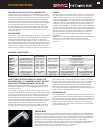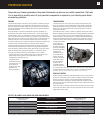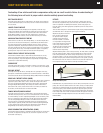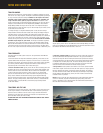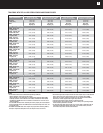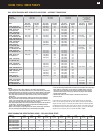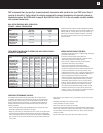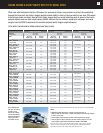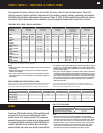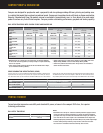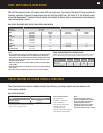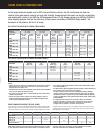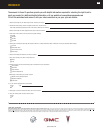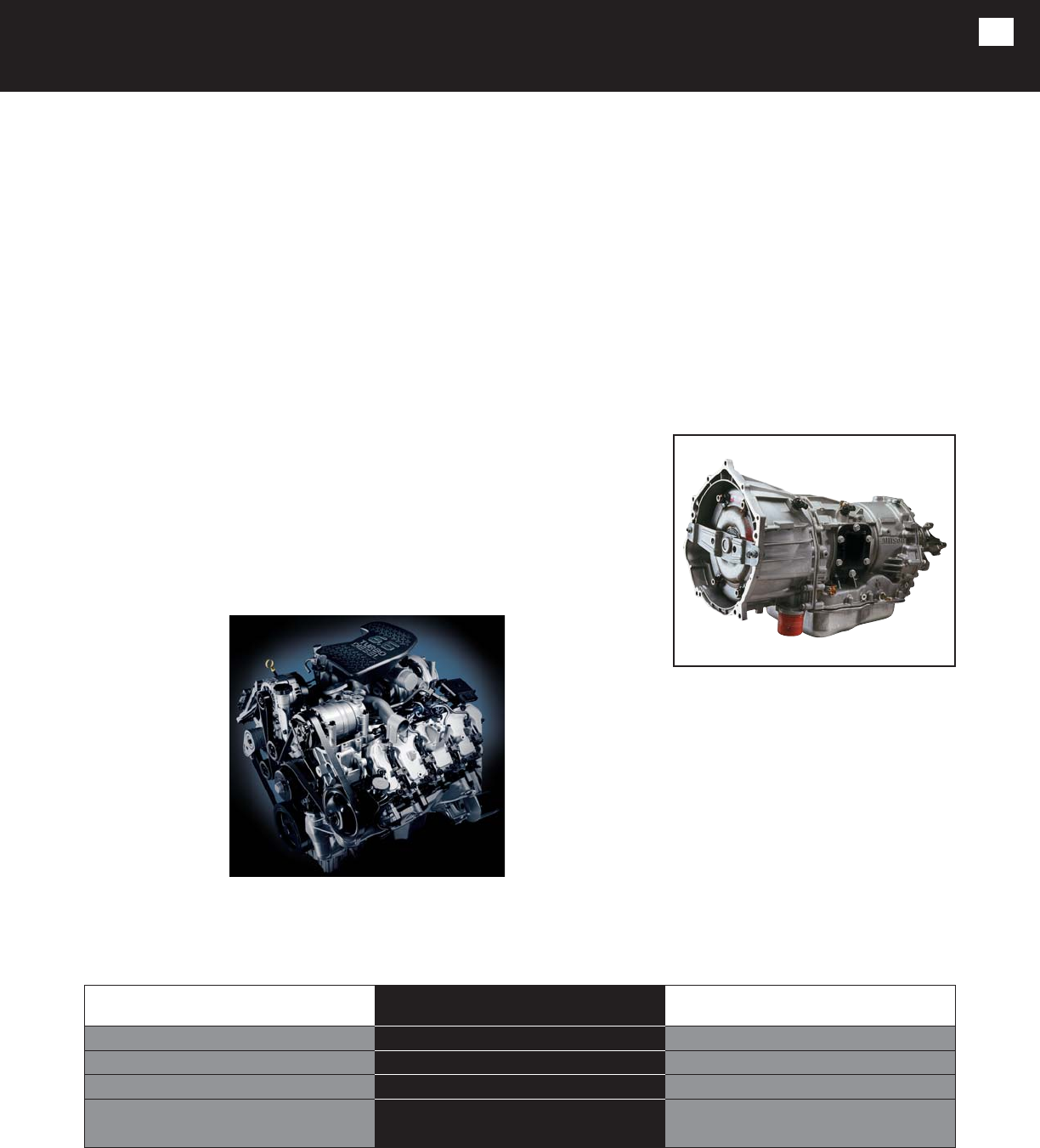
POWERTRAIN SELECTION
ENGINES
The information presented in the charts in this document is intended to help you
identify the right engine for your application. The charts show, by vehicle type
and trailer weight, the minimum engine sizes and available axle ratios needed to
provide good performance at legal highway speeds with no significant reduction
in long-term durability.
Engine performance is measured in horsepower and torque. Horsepower is a
measurement of the work an engine can produce and is a factor of both torque
and engine speed. Torque is a twisting force normally expressed in pounds-feet
(lb.-ft.). You need torque, to put a twisting force on the drive axles and to turn the
wheels when you start a load moving. The engine’s torque can be multiplied using
transmission and drive axle gears. Higher numerical gear ratios increase the
leverage (twisting force) on a rotating shaft. GMC truck engines are designed with
a broad rpm range in which high torque can be produced and sustained.
A larger engine with greater torque and horsepower will provide a performance
improvement while operating with less strain. For example, higher horsepower
allows the engine to maintain highway speeds when pulling a heavy trailer uphill.
Under the following higher performance demands, it is advisable to choose
an engine larger than the minimum recommendation, if one is available:
• if much of the towing will be at high altitudes, since a gasoline engine loses
approximately 10% of its power for every 1000 metres of altitude
• if mountainous terrain involving long,
steep grades will be
encountered frequently
• if the trailer has a very
large frontal area,
which adds to air drag
and therefore to
pulling requirements
TRANSMISSIONS
Transmissions provide various gear ratios that allow for higher engine rpm
relative to road speed. They also multiply the engine’s torque to provide the
pulling power needed to reach cruising speeds. All GMC truck transmissions*
feature an overdrive top gear that reduces engine speed when cruising, for
improved fuel efficiency.
Some GMC trucks offer a choice of manual or automatic transmission. General
Motors recommends automatic transmissions for trailering. Automatic transmissions
utilize a torque converter (a type of fluid coupling) between the engine and
transmission gears. The torque converter is capable of more than doubling the
engine’s torque when starting to move a heavy trailer, in addition to acting as
a cushion to reduce shock loading of powertrain components. The increased
twisting force from the
torque converter is
further multiplied by
the transmission gears
to provide outstanding
load-starting capability —
and there is no
conventional clutch
to slip and burn out.
Caution: The torque
converter’s operation
causes heat to build
up in the automatic
transmission’s oil,
so all GMC automatic
transmissions have an
oil cooler. For heavy-duty applications such as trailering, your vehicle should be
equipped with additional transmission oil cooling if not standard equipment.
*Except Torrent which uses a 5-speed automatic transmission with a 2.65:1 final drive ratio.
REAR AXLE RATIOS
Another important consideration when determining an ideal trailering vehicle is
the rear axle ratio. Higher axle ratios (4.10:1, for example) increase engine speed
relative to road speed, resulting in increased horsepower development and
torque multiplication. This produces greater towing power, but with a possible
reduction in fuel efficiency when lightly loaded. Overdrive transmissions help to
reduce this negative.
Lower ratios (3.42:1, for example) translate into lower engine rpms, reducing the
torque at the drive wheels. Some gains may be expected in fuel efficiency when
lightly loaded and not towing.
The greater your towing requirements, the greater the demand you place on your vehicle’s powertrain. That’s why
it is so important to carefully select all your powertrain components in response to your trailering needs. Below
are some key guidelines.
SELECT THE CORRECT AXLE RATIO FOR YOUR REQUIREMENTS
Charts on pages 6 through 15 show the axle ratios required, with available engines, to provide the torque development for good performance with various loads.
Lower Numerical Ratio REAR AXLE RATIO Higher Numerical Ratio
(such as 3.42:1) (such as 4.10:1)
Lower ENGINE SPEED (RPM) Higher
Slower ACCELERATION Faster
Less FUEL CONSUMPTION More
Less
PERFORMANCE
Greater
(Trailering or mountainous terrain)
3




